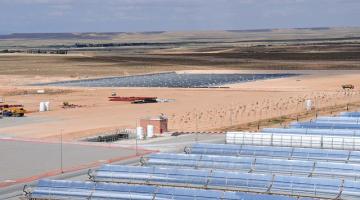Summary
Following recommendations from the Scope 2 Technical Working Group and approval by the GHG Protocol Independent Standards Board to progress to public consultation, revisions to the Scope 2 Guidance (2015) will be shared through a 60-day public consultation period, starting in October. In the proposed revisions, the structure of the updated scope 2 reporting framework would remain the same, including a continuation of the dual reporting requirement for both the location-based and market-based methods. Changes to the location-based method (e.g., updated emission factor hierarchy, requirement to use the most precise emission factors accessible, a new definition of accessible data) and market-based method (e.g., hourly matching requirement, deliverability requirement, new emission factor requirements) prioritize improved accuracy, greater transparency, and provide more comparability inventory values for use by external disclosure frameworks and initiatives. The proposed revisions also introduce several measures to improve the implementation feasibility of the updates (e.g., load profiles for hourly matching, exemption thresholds to hourly matching for smaller organizations, a legacy clause for existing contracts, and a multiyear phased implementation). This is the first of several communications in a series leading up to and continuing through the Scope 2 public consultation. These updates will help explain what is being proposed and why, providing additional context for stakeholder engagement. Future blog posts will delve into hourly and deliverability requirements and provide guidance on how to participate in the upcoming consultation process.








